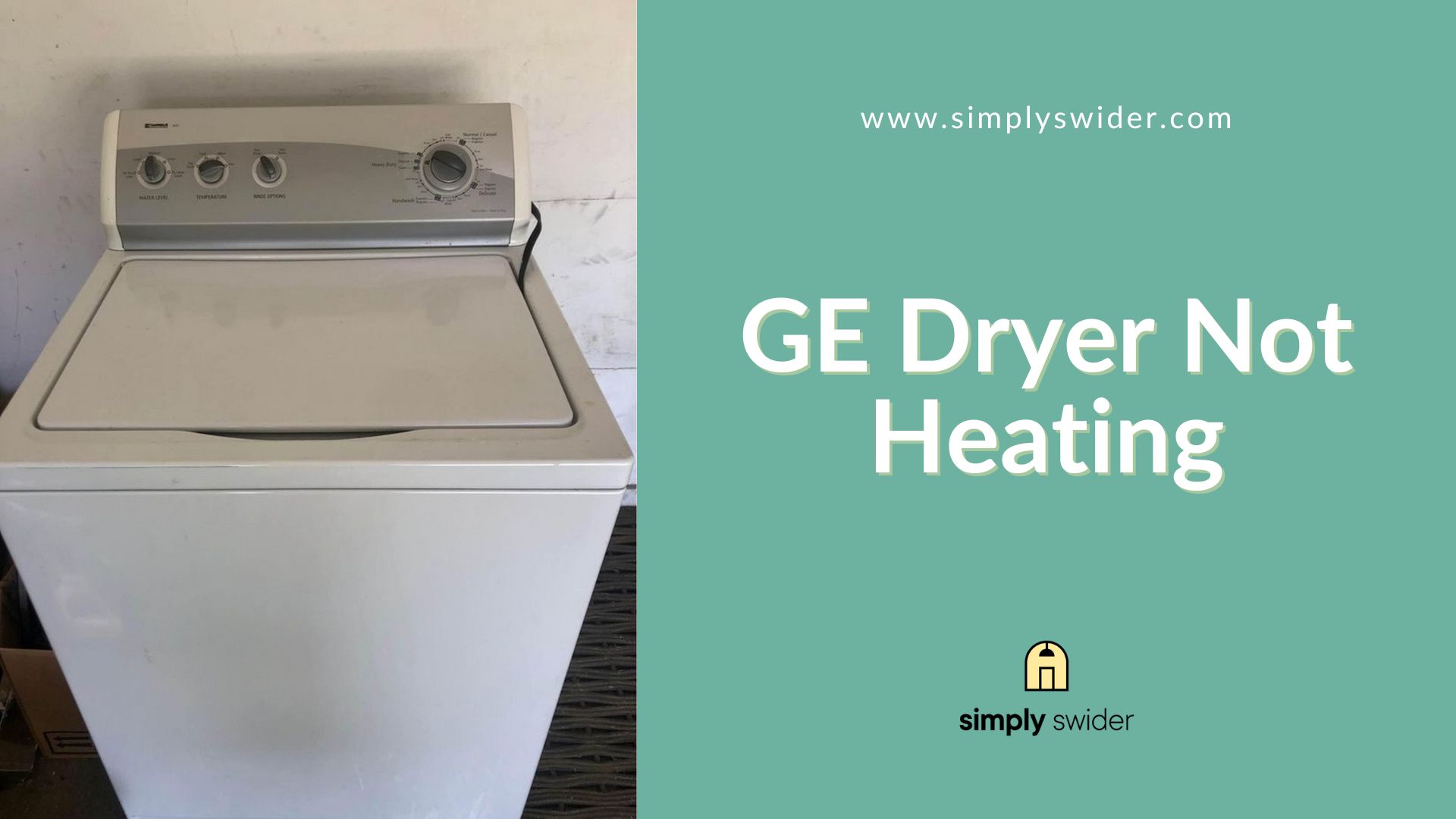For obvious reasons:
Damp clothes are the last thing you’d expect after tossing your wet laundry into your GE dryer and running a complete cycle.
The thing is:
Your electric or gas dryer requires the application of prolonged levels of heat to dry your laundry.
This process involves circulating hot air through the drum, which is regulated by a thermostat.
As such:
A heating problem with your GE dryer will leave your clothes without that warm, crisp dryness you are accustomed to.
Not to worry:
Compiled in this article, you will find a collection of likely causes and troubleshooting methods to help solve this problem.
Here’s what to do when your GE dryer is not heating.
Table of Contents
How to Fix a GE Dryer That Isn’t Heating
Various troubleshooting solutions are available for malfunctioning GE dryers. Hence, your GE dryer that is having trouble heating is relatively easy to repair. Depending on your dryer type, all you may need to do is check for a blown fuse or sufficient voltage supply. You could also repair or replace faulty internal components to solve this issue.
1. Ensure the Electrical Outlet Supplies Sufficient Voltage

Look:
If your GE electric dryer has heating issues, check the electric outlet before dismantling your appliance.
You see:
Your dryer may power on and run merely with a 120-volt power supply, but it will not heat.
Why?
The GE electric dryer requires a stipulated voltage range of 208V to 240V to heat properly.
As such:
You need to ensure that the power outlet provides the required voltage to your dryer by testing it with a multimeter.
Suppose the voltage level is insufficient; repair or replace the power source to optimize heating.
It is also likely that:
The circuit breaker may have partially or fully tripped, infringing the power supply and leading to heating problems in your GE electric dryer.
In this case:
Switch the designated circuit breaker for the dryer off and back on again to reset it.
Also:
Check for burns or frays on the power cord or a loose wire connection to the dryer. If there is any damage to the power cord, it is necessary for it to be replaced.
Finally:
Run a test cycle on your GE dryer to confirm that the problem has been fixed and your dryer is properly heating.
2. Replace the Defective Heating Element
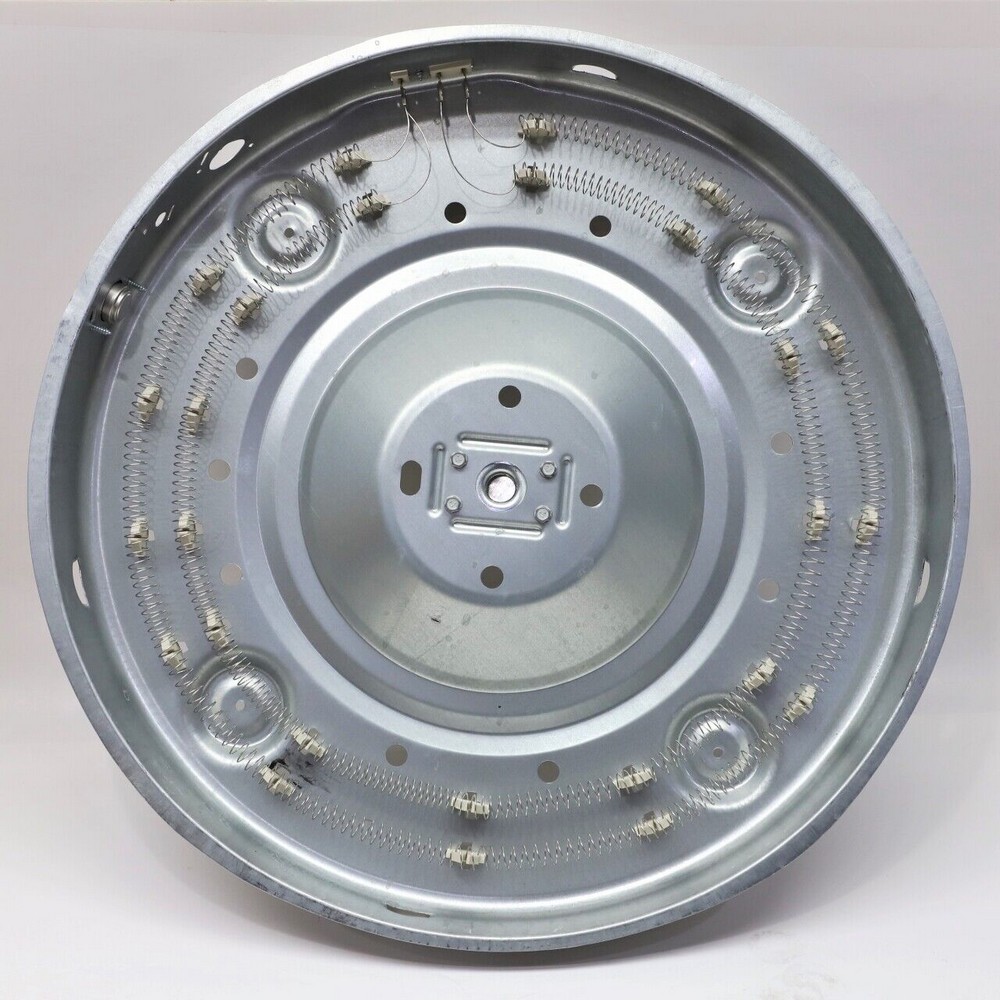
Now:
The heating element is the component tasked with heating the air circulating the dryer drum.
By implication, if the heating element is defective, your GE dryer will not distribute heat effectively.
Here’s the thing:
Overloading your dryer with wet laundry and leaving it on for extended periods are the most prominent causes of a burned-out heating element.
Furthermore:
To diagnose a damaged heating element, you have to test for electrical continuity with a multimeter.
To do this:
- Step 1: Detach the top panel by undoing the two screws in the door.
- Step 2: Gently lift the tub out of the machine and set it aside.
- Step 3: Test the heating element for continuity.
- Step 4: If it tests negative, replace the essential component as soon as possible to solve the problem.
Caution!
Before attempting to repair your GE dryer, ensure you unplug your device from the power source to avoid hazards.
You will be dealing with high voltage levels that could be harmful and even fatal if handled recklessly.
On this note:
You should employ a skilled service technician to assist with repairs if you’re not mechanically inclined.
3. Replace the Damaged Gas Valve Solenoid Coils
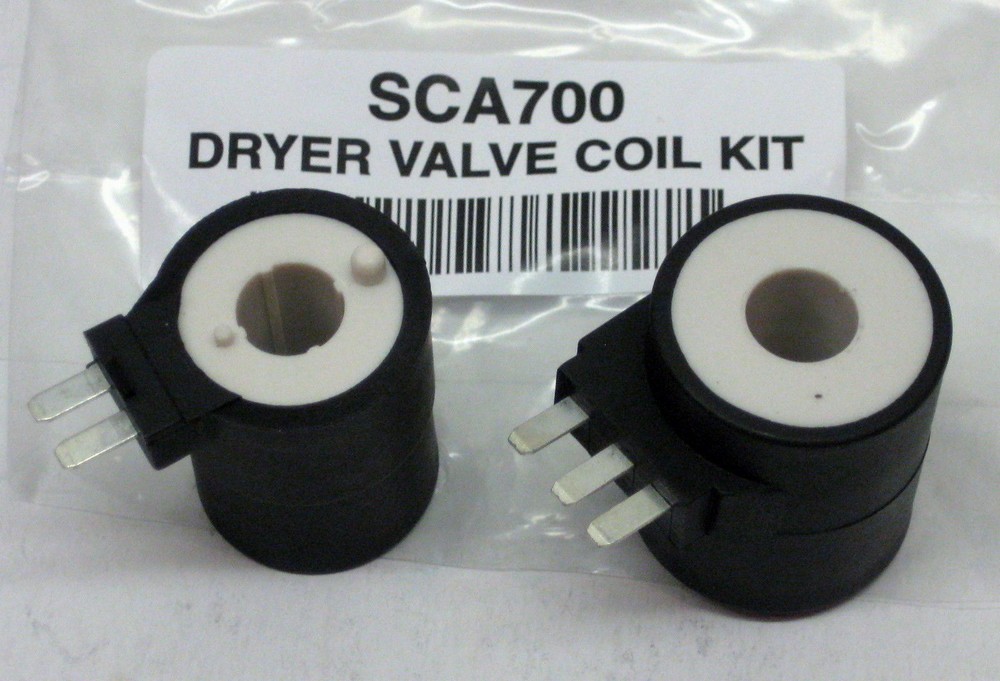
Get this:
Your GE gas-powered dryer has two or more gas valve solenoid coils responsible for sustaining a persistent flame that heats the dryer.
The solenoid coils open and close the gas valve to control the gas supply to the dryer.
Now:
The gas valve solenoid coils can fail at any time during a cycle. If they do not open or close properly, your dryer will not heat, and your clothes will not get dry.
So:
To diagnose a faulty gas valve solenoid coil, you need to observe the igniter.
If it glows and stops without establishing a flame, one or more solenoid coils are defective and should be replaced.
When faced with this, here’s what to do:
- Step 1: Disconnect the dryer from the power supply.
- Step 2: Remove the rear panel to gain access to the internal components.
- Step 3: Move the mounting bracket holding the coils in place.
- Step 4: Replace the old solenoid coils with the new ones.
- Step 5: Reassemble your appliance.
Note:
Be sure to shut off the gas supply and unplug your appliance from the power source to avoid the risk of fires or electrocution.
Also:
Referring to your GE dryer user manual for directions when conducting these repairs and replacements would be best.
Again, only attempt if you are technically inlcined!
4. Replace the Failed Igniter
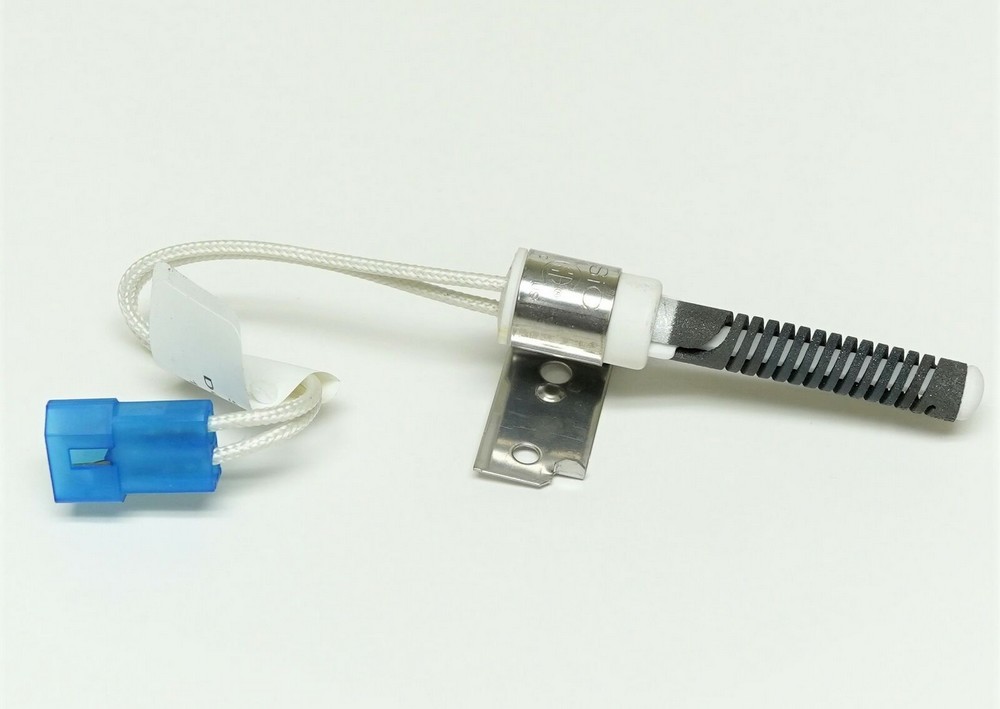
Listen:
If the gas valve solenoid coils are working fine, you might find a problem with the igniter.
You see:
The igniter in your GE gas-powered dryer enkindles the gas in the burner assembly to spark a flame.
If it fails, the gas will not be ignited, leading to a lack of heat source for your dryer.
Here is what to do when you suspect the igniter might be faulty:
- Step 1: Unplug the dryer and shut off the gas.
- Step 2: Disconnect the panels to access your dryer’s burner assembly.
- Step 3: Locate the igniter.
- Step 4: Test for continuity with a multimeter; if it fails the test, replace the igniter immediately.
Next:
Run a test cycle to be sure you have eradicated the problem and that your GE dryer is normally heating.
Alternatively:
You could schedule a repair with GE service technicians for better and more professional appliance care.
But:
If you decide to go through with it, take care to suit up in the appropriate protective apparel for gas repairs.
5. Replace the Inoperative Flame Sensor
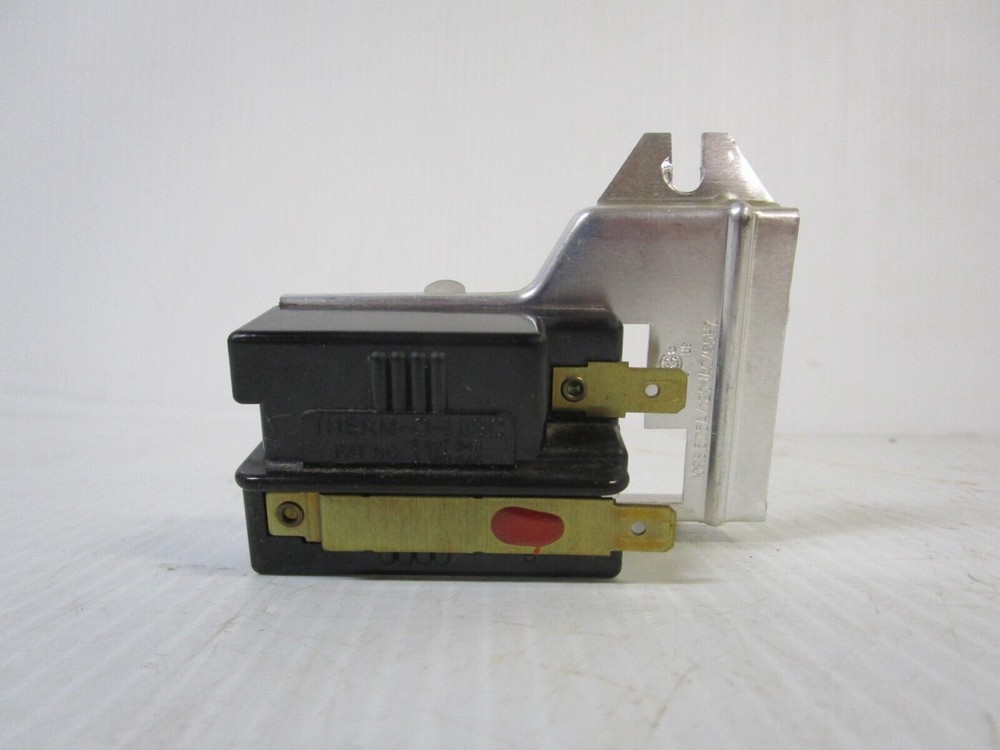
Fact:
The flame sensor detects the heat created by the flame and gas to regulate your dryer for the most suitable temperature setting.
When faulty, your GE gas-powered dryer won’t heat up appropriately.
Now:
To determine if the flame sensor is the culprit, you must test the component for continuity at room temperature.
Here’s how to diagnose and replace an inoperative flame sensor:
- Step 1: Unplug your GE dryer and switch off the gas supply.
- Step 2: Detach the rear panel and locate the flame sensor.
- Step 3: Test it for electrical functionality and continuity with a multimeter.
- Step 4: If it fails the continuity test, replace it with an authentic new part.
Then:
Reassemble your GE dryer and run a test cycle to ensure it is heating suitably.
One more thing:
You can get replacement parts from any appliance store, but purchasing them from the designated repair parts website would serve you better.
Also:
If the one-year warranty still covers your device, you could get free parts or even a brand-new replacement GE dryer.
6. Check for a Blown Thermal Fuse
Get this:
The thermal fuse is one of the GE dryer’s most essential safety features, designed to switch the dryer off when it overheats.
It is installed in both electric and gas-powered GE dryers.
The thing is:
The thermal fuse will blow when the temperature rises beyond the safety limit to prevent fires and protect the appliance from harm.
Hear us out:
A blown thermal fuse is typically a symptom of some underlying issue like overheating caused by a clogged vent due to accumulated lint.
Consequently, we recommend clearing out the vent regularly or at least once a year.
Now:
If you suspect your thermal fuse has blown, test it for a continuous electrical path to confirm its dysfunctionality.
To do this:
- Step 1: Unplug your GE dryer and disconnect the gas supply if you own a gas dryer.
- Step 2: Unscrew the rear panel.
- Step 3: Locate the thermal fuse. It is located near the heating element or the blower housing for electric models and at the burner assembly for gas dryers.
- Step 4: Test for continuity by touching the probe to each plug terminal.
- Step 5: If it lacks continuity, replace the thermal fuse and reattach the electrical connectors.
After reassembling your GE dryer:
Ensure you have unclogged the vent before running a test cycle. At this point, your GE dryer should work perfectly.
7. Replace the Faulty Thermostat
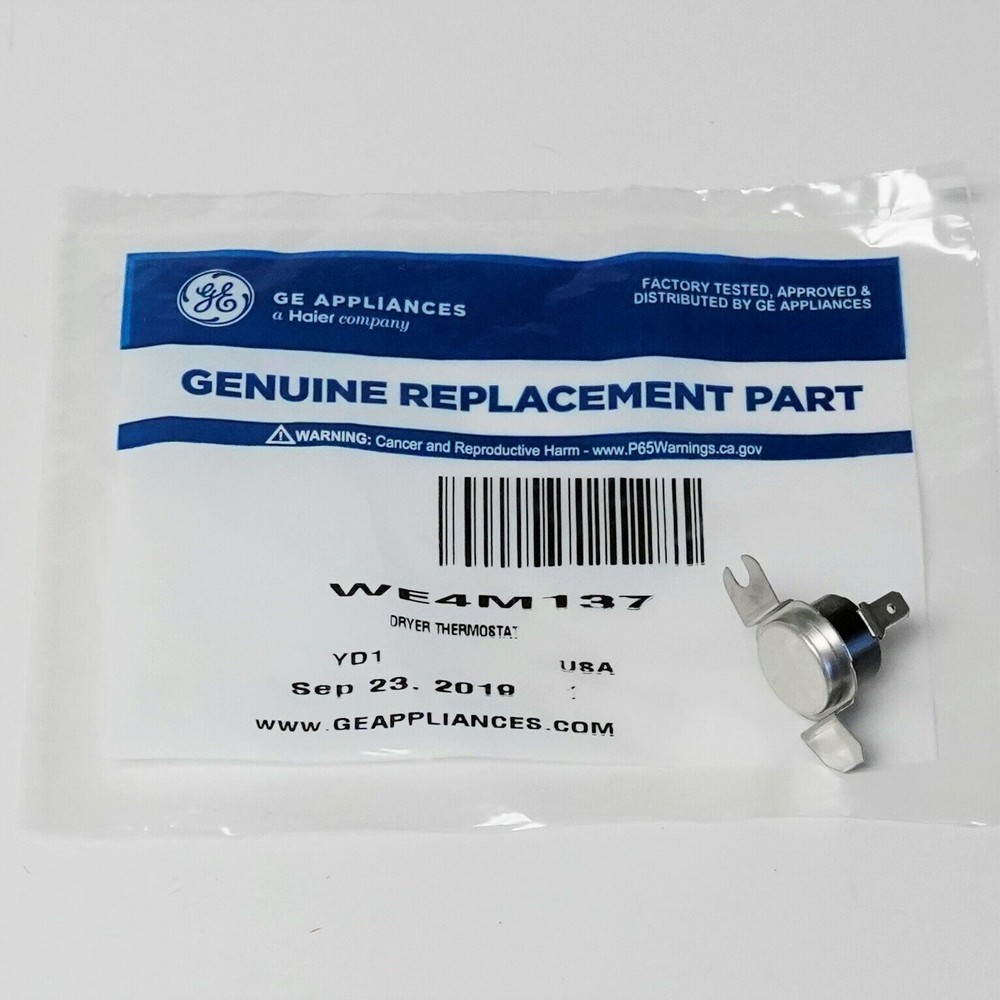
Typically:
The electric and gas-powered GE dryers are manufactured with a high-limit and cycling thermostat.
These two thermostats are primarily for temperature regulation and are located on the heating element and blower housing, respectively.
Here’s the thing:
The high-limit thermostat monitors the dryer temperature; similar to the thermal fuse, it will shut off the dryer when it overheats.
It sends a signal to the control board as soon as the temperature levels spike and the dryer ceases to heat.
Furthermore:
The cycling thermostat controls temperature levels by turning the heat on or off with help from the control board.
As such:
If the control board or any of the two thermostats is faulty, the dryer will not heat conveniently.
To that end:
If your GE dryer is not heating, you should test the thermostats for electrical continuity and inspect the control board for damage.
Here’s what to do:
- Step 1: Unplug the dryer and turn off the gas supply for your gas dryer.
- Step 2: Unscrew the rear panel to locate the two thermostats.
- Step 3: Test them for continuity with a multimeter.
- Step 4: if negative, replace them with new parts.
- Step 5: If the thermostats have continuity, check the control board for damage.
- Step 6: Be careful! If defective, replace the control board and reassemble the machine.
Now:
It is worth reiterating that if technical fixes are not your niche, you had better call a repair technician to assist with replacements.
At least, after reading this article, you would have an idea of the replacement process, and you can monitor repairs.
Models Most Affected
We know that:
All it could take is one component malfunction to cause heating problems in a GE dryer. What this means is that any model could be affected by this issue.
However:
These models or model series are the most commonly and seriously affected by heating faults.
1. GE Adora Front Load Dryer
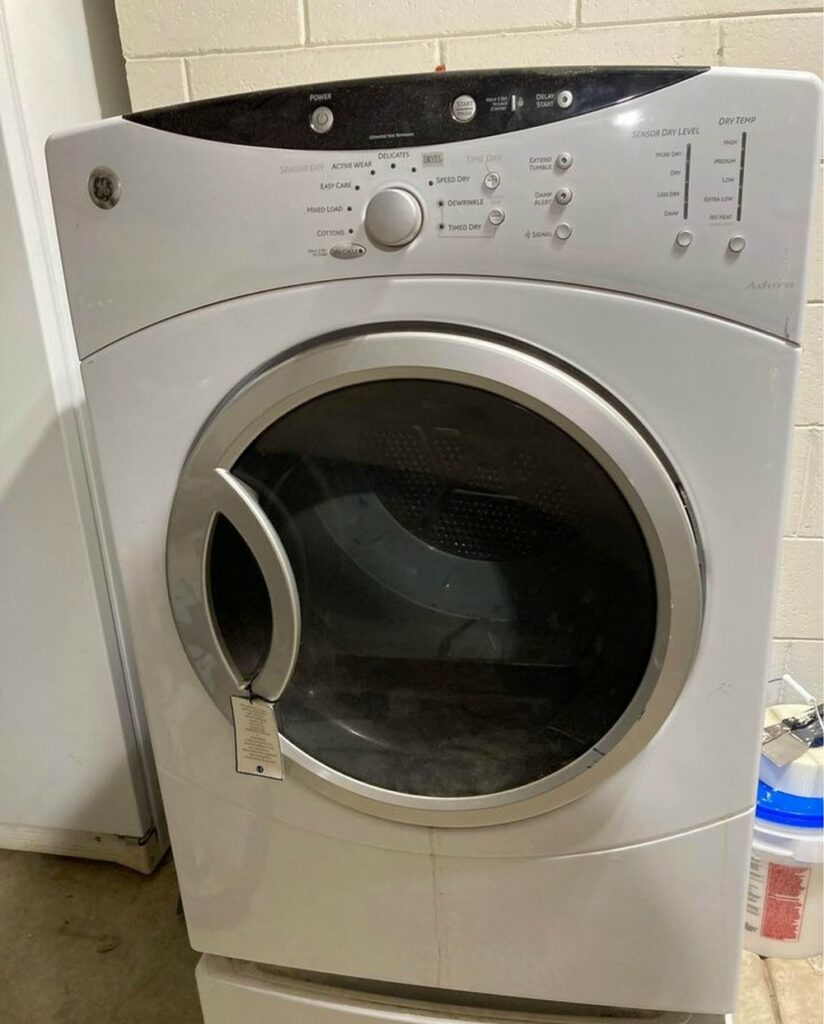
Now:
The GE Adora is a front-load dryer with increased capacity and a durable drum interior furnished with lighting.
It is equipped with moisture-sensing technology and intuitive electronic controls providing you with up to 5 temperature selections.
There’s a catch:
This model, along with other front-load GE dryers, is prone to part failures that affect the dryer’s ability to reach required heat levels.
2. GE Electric Dryer
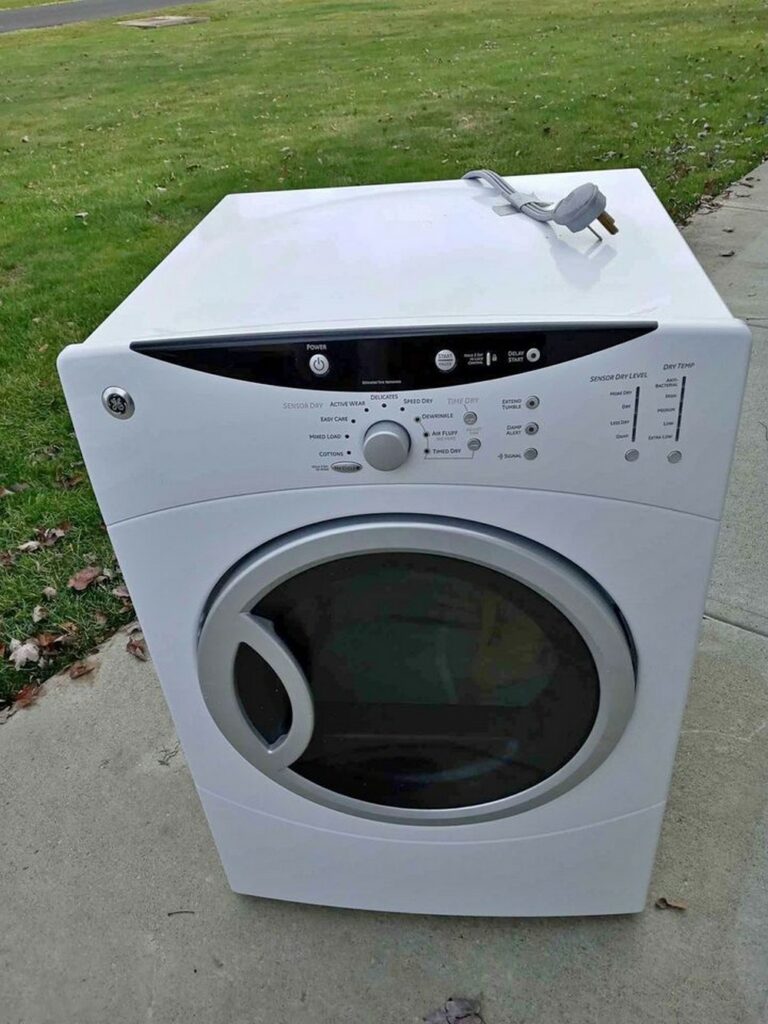
GE electric dryers typically come with innovative technology such as a dual thermistor, quick-dry, and wrinkle-care systems.
The dryers typically have maximized drying performance with suitable venting and easy installation.
Notwithstanding:
These dryers are also susceptible to heating problems.
More specifically, the GE GTD72EBPN0DG and GE GTD65EBSJ4WS have received many consumer complaints regarding heating.
3. GE Gas Dryer
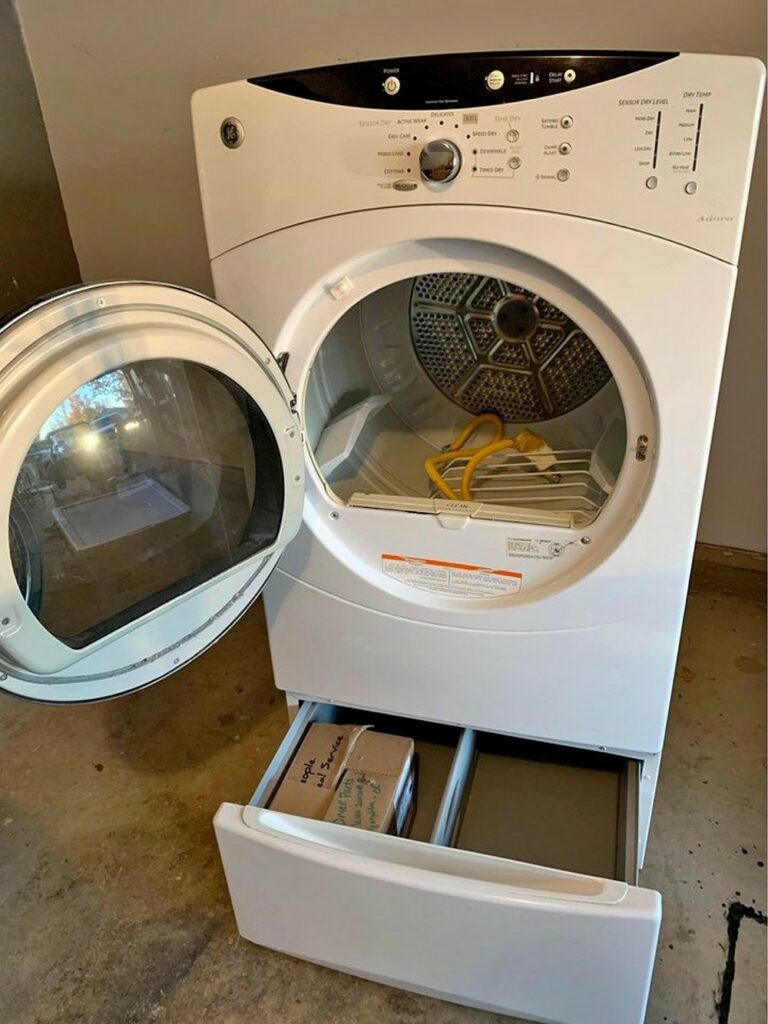
GE gas dryers like the GE Profile dryer come with a range of heat selections and an auto-dry feature catering to specific loads.
The wrinkle care option ensures your most delicate fabrics are well protected and saves you ironing time.
Now:
Like the electric dryer, these dryers also develop faults that lead to heating malfunctions.
If your GE gas dryer is a victim of this problem, you will find our troubleshooting guidelines helpful.
4. GE Unitized Spacemaker
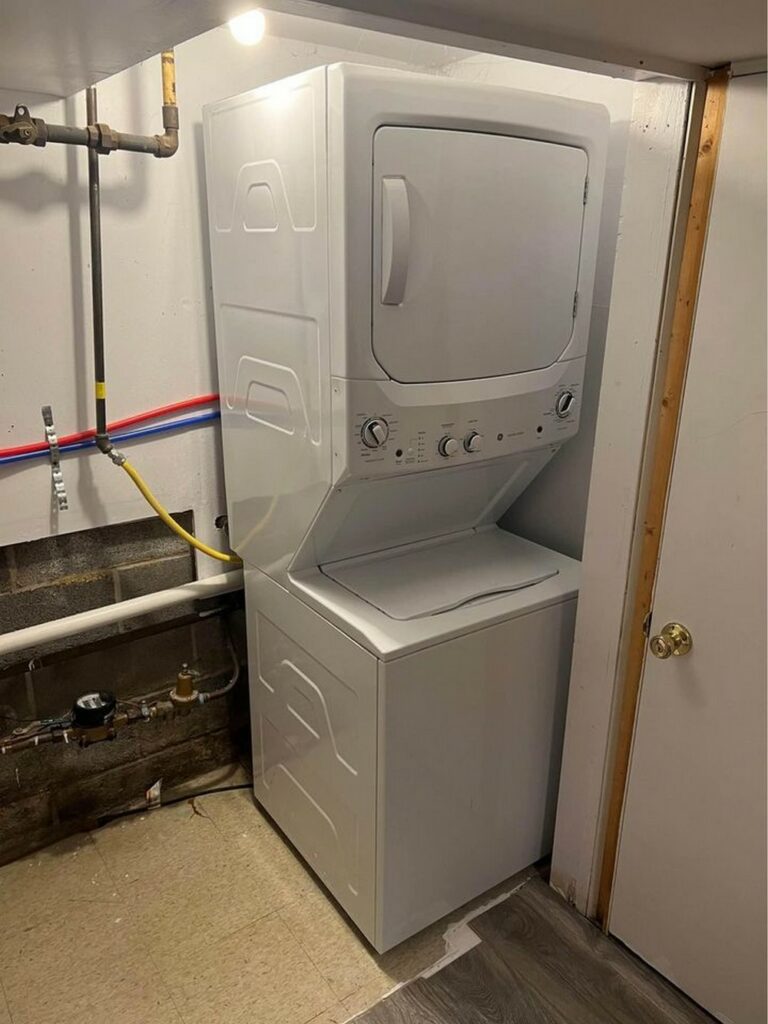
The GE Unitized Spacemaker is a stacked washer and dryer combo with six different wash and dry temperatures.
Its ergonomic design targets space saving without compromisingitswashing and drying laundry efficiency.
But:
Users have criticized this GE model for having issues with heating. However, the problem is relatively easy to resolve.
All you need is technical support and the repair tips above to get your dryer back on track.
Conclusion
Here’s the thing:
With proper handling, your GE electric or gas dryer should serve you comfortably for about ten years.
However, this service might not be seamless as technical difficulties are bound to occur even with the most meticulous maintenance routine.
Now:
One such issue that could affect your GE dryer is a heating defect often caused by deterioration and poor maintenance.
Thankfully:
You can repair the factors causing this issue by following our carefully researched guidelines.
- Ensure the electrical outlet supplies sufficient voltage.
- Replace the defective heating element.
- Replace the damaged gas valve solenoid coils.
- Replace the failed igniter.
- Replace the inoperative flame sensor.
- Check for a blown thermal fuse.
- Replace the faulty thermostat.
In any case:
If your GE dryer still has heating complications after trying these repair tips, contact GE Customer Support to seek assistance.
Don’t forget this:
Please give us feedback! How did your repair process go? What worked and what didn’t work? What new things did you learn?
Share your experience, additions, and questions in the comment section below!
Frequently Asked Questions
To repair a GE dryer that isn’t heating properly, you may need to replace defective internal parts like the thermal fuse or thermostat.
You could also check that the power source provides enough voltage to your appliance.
There are multiple possible causes for a heating problem in your GE dryer, including a blown thermal fuse, faulty thermostat, or defective heating element.
If you own a GE gas dryer, consider checking for issues with the igniter, flame sensor, or gas valve solenoid coils.
You can locate the thermal fuse by checking behind the stainless steel drum inside your GE dryer.
If blown, you need to detach the dryer’s top panel to access the thermal fuse for inspection and replacement.
Yes, replacing the defective heating element in your electric dryer would serve your appliance and your pocket.
If it malfunctions more than once within a long period (typically a year), the thermal fuse is faulty and should be replaced.
A replacement heating element for your dryer typically costs between $35 to $60 but could get as high as $200.
However, this does not include the cost of having a professional service technician conduct the replacement procedure.

